Cut Your Electricity Bills: Australia Launches New Solar Battery Rebate Worth Up to $18,000
Introduction – New Battery Scheme of the Federal Government Reduces Power Bills
The Federal Government has launched a new federal government solar battery rebate program meant to help everyday Australians afford home battery systems, set to launch in July 2025.
What is a home battery?
Put simply, it is a system that holds electricity produced by your rooftop solar panels, so you have that energy to use when the sun is not shining (such as at night or on rainy days).
This battery rebate program is designed to:
- Reduce the cost of household battery storage for ordinary homes by about 30% on the initial price
- Reduce electricity bills throughout the nation
- Support Australia’s clean energy ambitions
- Make better use of existing rooftop solar installations
- Run from mid-2025 to 2030, with incentives that step down annually
How Solar and Battery Systems Operate with the Battery Rebate
The battery’s federal refund is straightforward and quick to get. Contrary to some other programs offered by the government that involved complicated forms, the rebate is actually applied as a discount when you initially buy your solar battery installation system.

How the Federal Government Solar Battery Rebate Functions
Here is how it functions in simple terms:
- About $372 is paid by the government for each kilowatt-hour of useful battery capacity.
- This discount is offered at the point of purchase – no reimbursement delay
- Administration costs are deducted from the rebate sum
- Most homes qualify for a roughly 30% discount on the overall system price
The rebate sum will decrease annually from 2025 to 2030, much like the way that the solar power incentives in Victoria have operated.
Rebate Calculation for Home Battery Prices
This is:
- 10kWh battery setup: $372 times 10kWh = $3,720 maximum rebate
- Post-administrative charges: About $3,300 in actual savings
- For a Tesla Powerwall 3, rebates would be between $4,000 and $5,000 based on STC values
- You can calculate it using the Federal Government’s Solar Battery Rebate Calculator.
Eligibility Criteria for Solar Battery Rebate
- Such a battery has to be approved by the Clean Energy Council
- Installation needs to be done by an accredited installer
- The maximum refund is for up to 50 kWh, with a minimum usable capacity of 5 kWh)
- The battery must be compatible with virtual power plants, or VPPs.
- Restricted to a single rebate for solar and battery per building (but several buildings may each qualify)
- The battery must connect to either a new or existing solar system – standalone batteries won’t qualify.
- No income evaluation needed (income is not a determining factor)
- And even off-grid facilities qualify
Eligible Battery Systems and Requirements

Not every battery system is rebate-eligible. The government has established standards for safety and quality to qualify for a rebate. You can make the right decision if you are aware of them.
Eligible Types of Batteries for Solar Power
- Lithium-ion batteries (most common)
- Less frequent but occasionally used: lead-acid batteries
- Flow battery (new technology, less prevalent)
Popular Choice Models for Home Battery Systems
Popular choice models are:
- Tesla Powerwall 3 (Tesla Powerwall 3 price still on the higher side)
- BYD Battery-Box systems
- Enphase Batteries
Technical Requirements for Battery Rebate Eligibility
Requirements that your battery needs to fulfill:
- at least 5 kWh of battery storage (sufficient to run necessary devices for many hours)
- Compliance with Australian safety standards (AS/NZS 5139)
- Compatible with Virtual Power Plant software
- Installation by an accredited professional from the Clean Energy Council
State and Federal Tax Incentives for Solar Battery Installation
Perhaps one of the finest features of the new Federal program is that it is possible to stack it with existing state programs to save even further money. This stacking of rebates is sure to dramatically lower costs for you.
Combining Solar Battery Rebate Victoria with Federal Incentives
Existing state programs that may be complemented with the Federal rebate:
- Victoria battery rebate programs
- Solar battery rebate Victoria offers
- Solar power interest-free loans in some states
Working of Rebate Stacking for Maximum Savings
Working of rebate stacking:
- The Federal rebate is usually applied first
- Subsequently, the state rebate is then applied against the balance
- In addition to reimbursements, several jurisdictions provide solar power interest-free loans
- This double-dipping is specifically permitted under the Federal program, providing considerable savings for homeowners who already live in states with previously established battery incentives
Current Battery Price and Return on Investment
Knowing home battery prices and the associated savings ensures whether a battery is a financial option for your case, particularly after a rebate has been applied.
Present-day Average Home Battery Prices (May 2025):
| Battery size | Price Range (Before Rebates) | Price after Federal Rebate | Yearly Savings | Simple Payback Period |
| 5kWh | $5,000-$6,000 | $3,300-$5,000 | $500-$800 | 7.5 years |
| 10kW solar battery | $8,000-$9,000 | $4,500-$6,000 | $1,000-$1,400 | 6.8-7.5 years |
| 13 kWh (Tesla Power) | $14,000-$18,000 | $9,000-$14,000 | $1,300-$1,600 | 6.9-7.5 years |
The 10kW solar battery price point is usually optimal for offering maximum value for a majority of average homes by weighing capacity against price.
Steps to Apply for the Federal Battery Rebate
It is meant to be simple to apply for the federal government solar battery rebate. Follow a step-by-step guide outlined for you as follows:
1. Check for Eligibility for Solar Battery Rebate
- Confirm that your property qualifies (residential, small business, or community organization)
- Ensure that your property satisfies the technical standards
- Remember, no income evaluation needed – income has no bearing on eligibility
2. Source Quotations from Reliable Suppliers for Solar and Battery Systems
- Contact SAA Certified installers with battery installation accreditation
- Inquire specifically for rebate-eligible systems
- Verify that the rebate price is stated explicitly in the quotations.
- Warranties and after-installation service are two
- Be wary of false claims – deal with reputable companies
3. Select Your System to Reduce Electricity Bills
- Choose a CEC-approved battery system that qualifies for the rebate
- Make sure it is large enough for your requirements (at least 5 kWh)
- Verify compatibility with your current solar power installation (if applicable)
- Confirm that it has VPP capability (necessary for eligibility)
4. Consider Timing Strategically for Battery Rebate Applications
- Official Program Launch: July 1st, 2025
- Key time tip: Batteries put into place before July 1st may still be eligible, IF they are not activated later than July 1st
- If putting in a new solar and battery setup, the solar modules CAN be turned on before July 1st – but not the battery
- Earlier applications receive a higher rebate value, which then drops over time
5. Installation of Your Solar Battery System
- Book an installation with your selected installer
- In case installation is done before July 1st, 2025, plan for activation on or after that date
- Attend on installation day to see how your system operates
6. Documentation for Solar Battery Rebate
- Make sure that the installer presents complete certification
- Keep track of the battery’s activation times.
- Complete any necessary paperwork based on program guidelines
Example – David in Sydney reserved his solar battery installation for May 2025, before the July 1st launch date. His installer installed his solar power panels and battery in June, turning on the solar panels straight away to begin saving on electricity bills. His battery did not get turned on till July 1st, when the installer did so from a distance, to allow David to receive the maximum rebate without engaging in the rush of post-official launch date installations.
Conclusion: Taking Action Now to Reduce Power Bills
With the battery rebate program rolling out in July 2025, Australian homeowners are presented with a unique chance to save on their power bills and help Australia achieve its renewable energy target. Professional installers expect to be incredibly busy with demand when the program is released, with good installers being booked out months ahead of time.
Main Reasons Why Preparation is Necessary for Solar and Battery Systems
- It reaches its peak rate in the first year (2025–2026)
- The average price of electricity across the nation price of electricity has increased by 8% in the past year
- Battery technology has become sophisticated and reliable
- Installation expertise could be restricted because of the strong demand
- Smart timing works for qualifying for the rebate without taking the pressure of shopping on a holiday
Simple Next Steps to Secure Your Battery Rebate
- Gather your last 12 months’ worth of power bills to learn more about your usage patterns
- Investigate options for batteries that best suit your needs
- Contact authorized, accredited installers with proper solar battery installation credentials
- Look for other state-based incentives within your region, such as the solar battery rebate Victoria
- Install the solar power panels immediately (if you don’t already have them) with a plan for battery installation scheduled to coincide with the rebate.
Yes, each battery system that is fully installed by ElectricalMasters under the 2025 Federal Government Battery Program is VPP-compliant. We guarantee that each system is VPP-participable to ensure rebate eligibility.
Indeed. ElectricalMasters will coordinate the complete scheduling for both installation and activation, so that your system is installed within the required program timeframe. Our professional crew oversees each step to keep you rebate-eligible.
As the rollout proceeds, ElectricalMasters is giving early applicants priority. Our typical installation time is 2-4 weeks from approval, but booking early is advised to ensure availability and to stay ahead of peak-season congestion.
ElectricalMasters handles all activation arrangements so that your battery system is commissioned and integrated on time as required. We handle all the compliance and paperwork, so that you don’t lose out on the rebate.
After determining your energy requirements and battery size, ElectricalMasters shall give a comprehensive rebate estimate that covers the contribution from the government, your projected savings, and the ultimate price of the system with the incentives that qualify, accordingly applied.
- Ensure your installer provides all necessary certifications
- Keep records of when the battery was activated
- Submit any required paperwork as directed by program guidelines

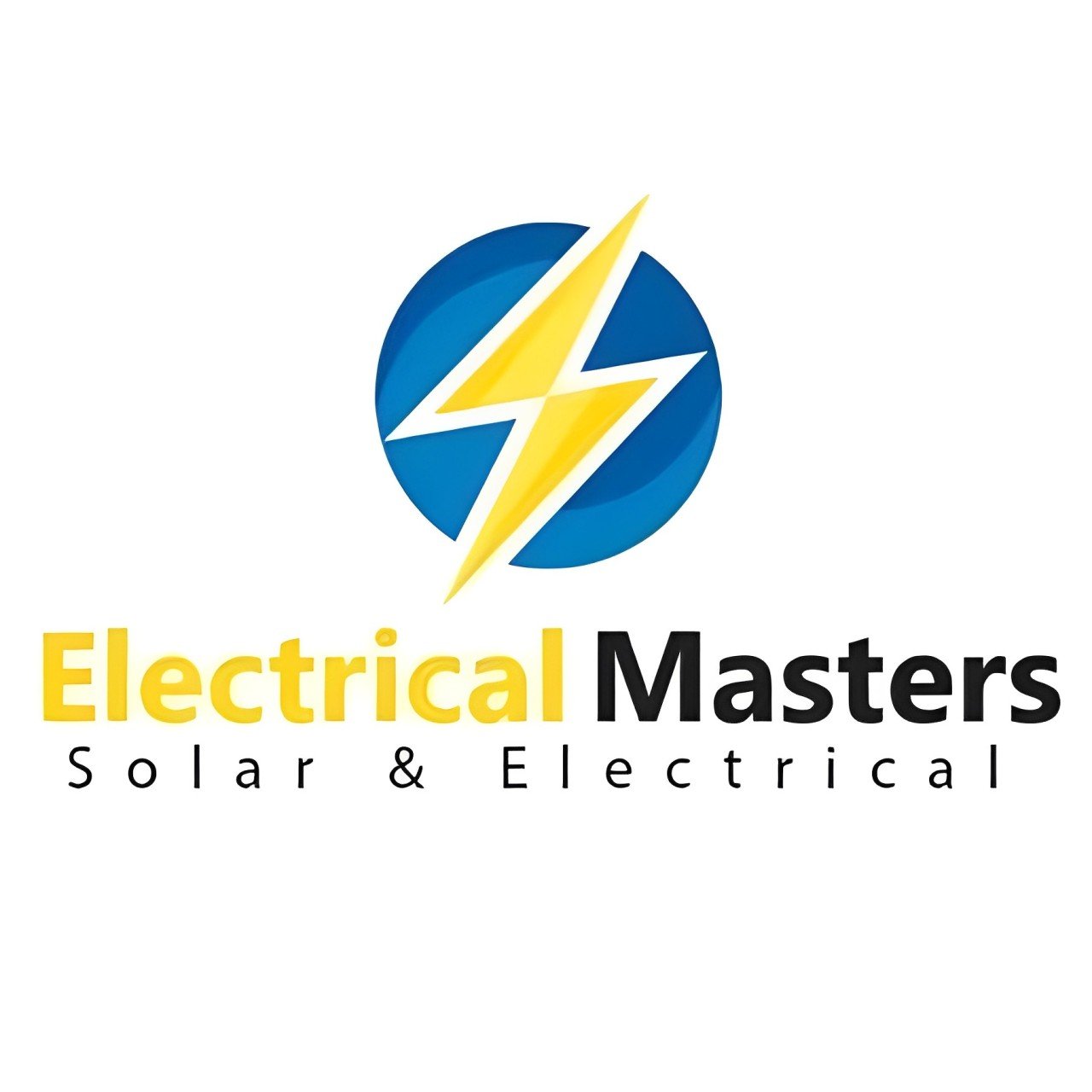
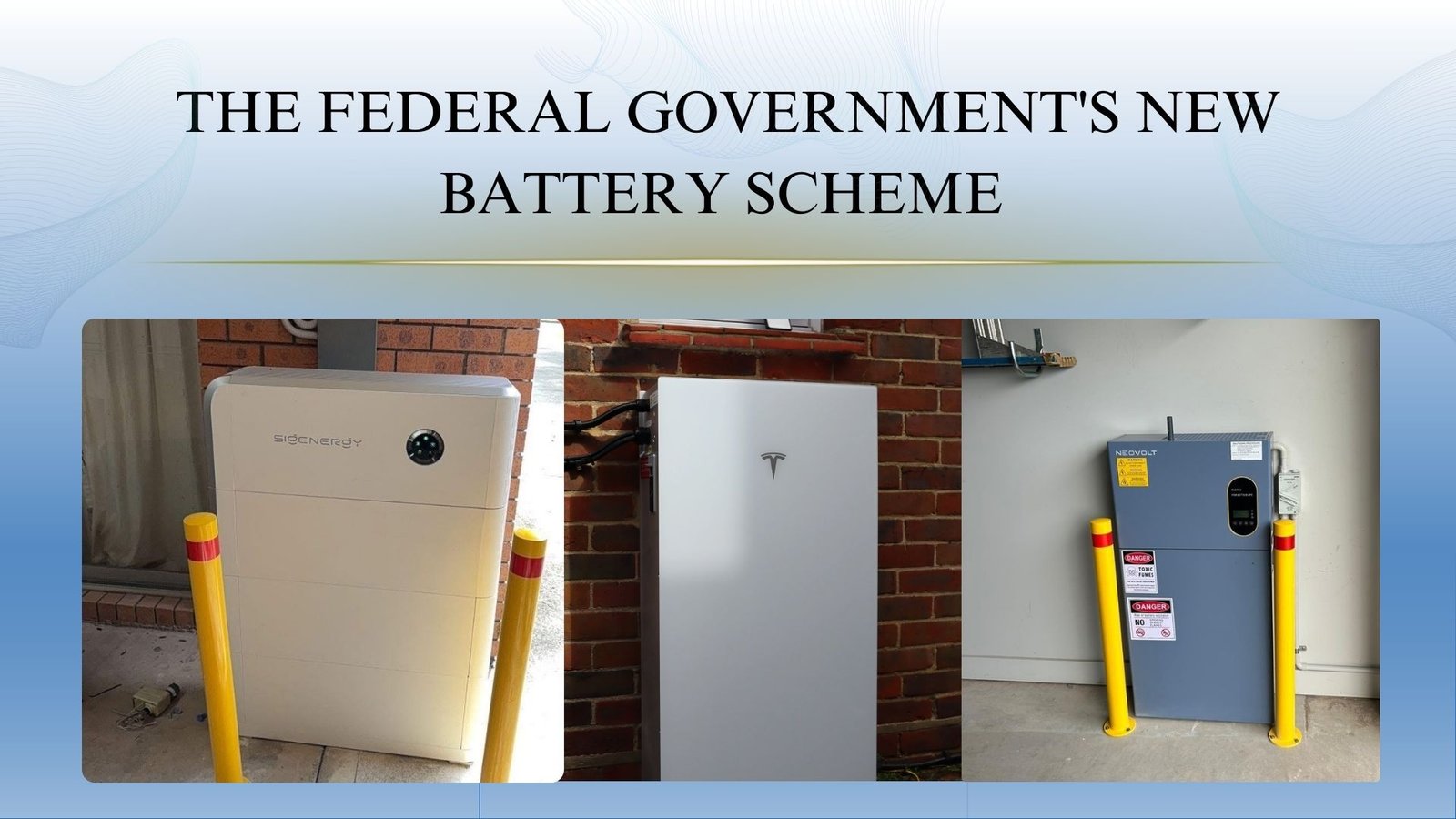

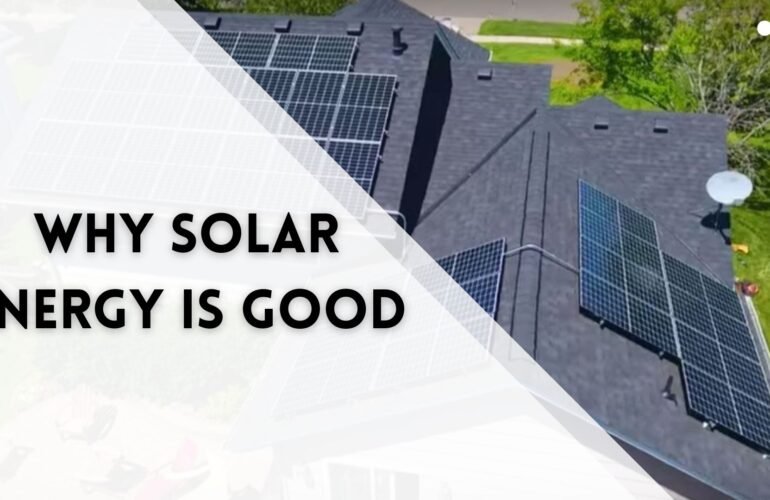
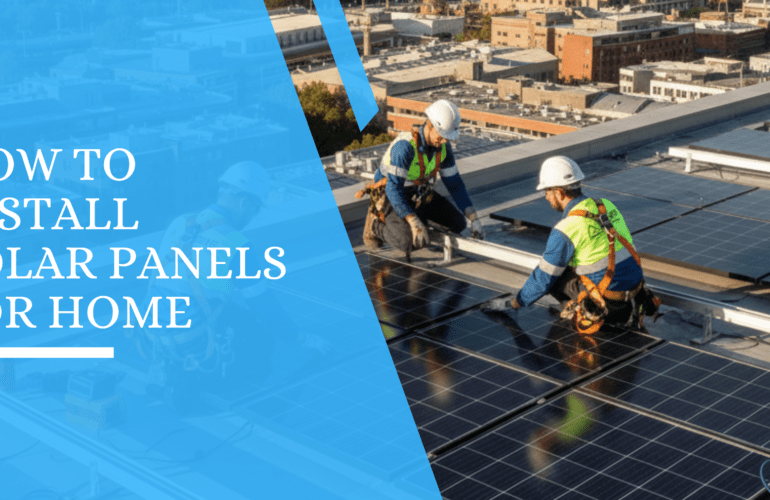
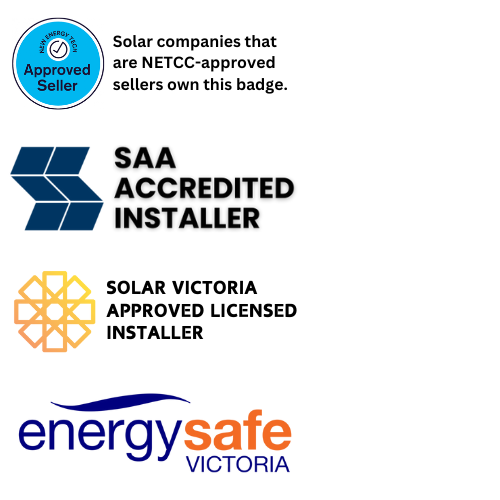





This is such a lovely and inspiring message. Much love and respect!